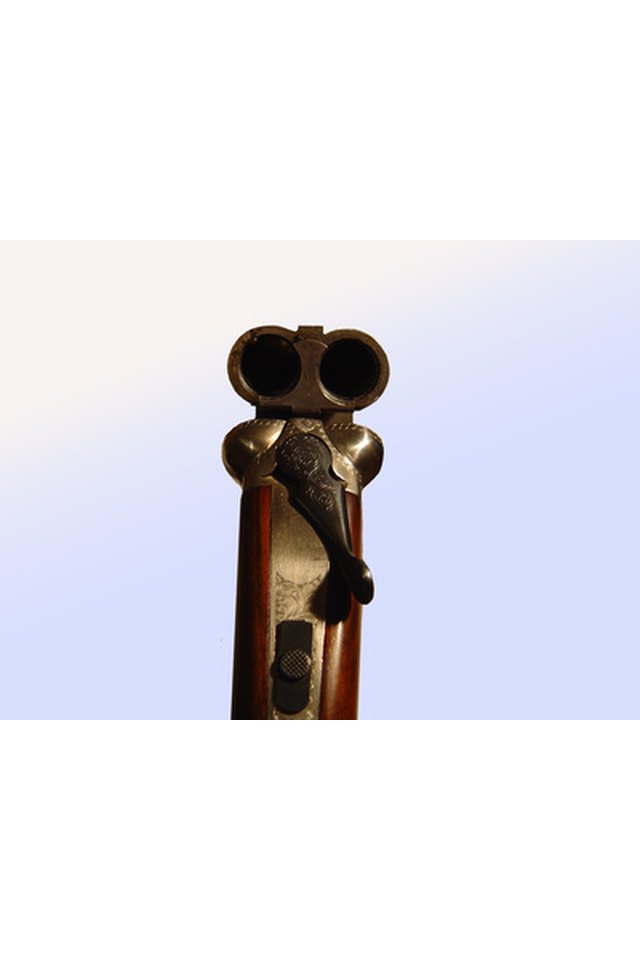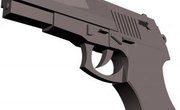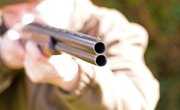
The term bore diameter is most commonly used in reference to firearms. Bore is the inside diameter of any cylinder such as a gun barrel. It has a direct bearing on the type of ammunition used in a gun.
Gun Barrel
The boring of a gun barrel is done with a high degree of precision, and error will result in an inaccurate firearm. Gunsmiths expect their barrels to have a bore diameter with less than a 0.005 inch of error.
Caliber
Although bore is the diameter of the barrel, caliber is the diameter of the bullet. A bullet's caliber is usually denoted as its diameter in hundredths of an inch (a .22- inch diameter bullet is .22 caliber).
Gauge
Traditionally (and still used for shotguns), ammunition size is given in gauge. Gauge is measured by the amount of lead balls, equal to the bore diameter, that weigh one pound (12 gauge means there are 12 balls to the pound).
Smooth Bore
The earliest firearms had a smooth bore, which means that the inside of the barrel lacks rifling. Smooth bores rapidly fell out of favor with the introduction of rifled barrels, and today most smooth-bored firearms are shotguns.
Rifled Bores
A rifle has a spiral groove etched through the bore. The grooves cause the bullet to spin and makes the firearm considerably more accurate, at greater distances, than the smooth bores.
References
Writer Bio
John Peterson published his first article in 1992. Having written extensively on North American archaeology and material culture, he has contributed to various archaeological journals and publications. Peterson has a Bachelor of Arts from Eastern New Mexico University and a Master of Arts from the University of Nebraska, both in anthropology, as well as a Bachelor of Arts in history from Columbia College.



